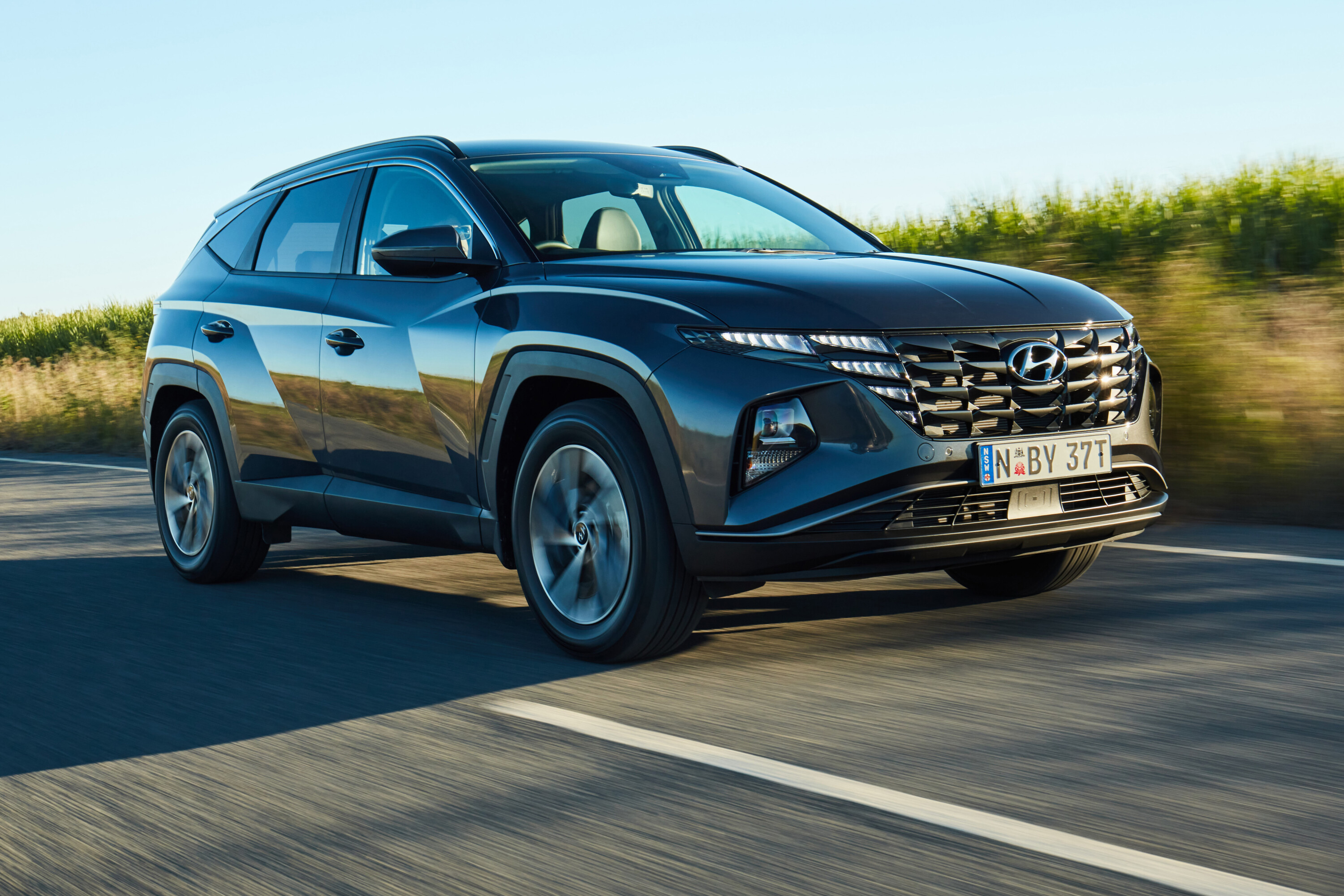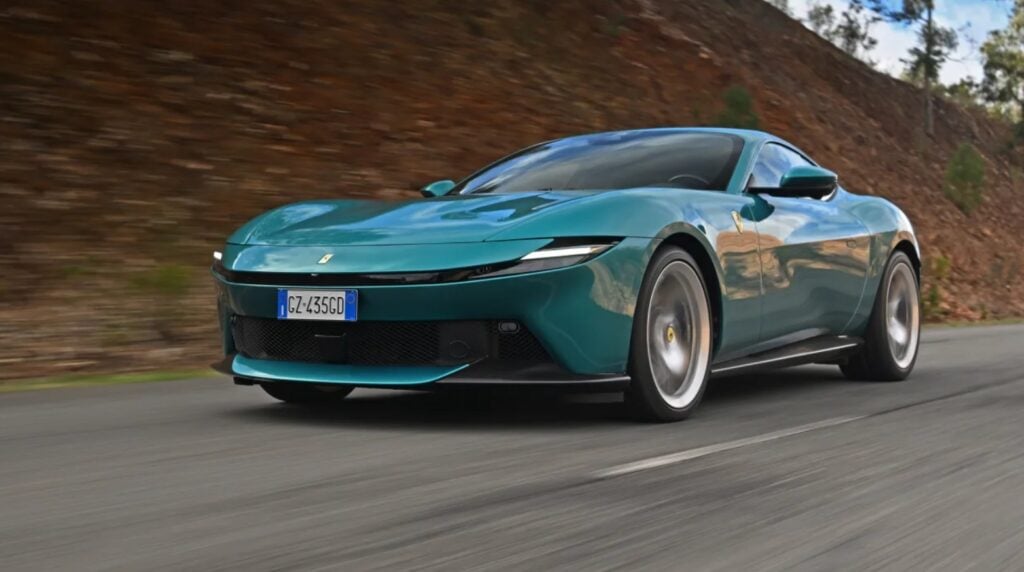Since its Australian launch in 2021, Hyundai’s fourth-gen Tucson has been fighting with one arm tied behind its back.
The absence of a hybrid or plug-in hybrid powertrain option at launch left the Tucson at a critical disadvantage in the medium-SUV class, where the dominant Toyota’s RAV4‘s sales are built upon the massive popularity of its hybrid variants.
Granted, with a year-to-date market share of 10.1 percent against the RAV4’s 13.3 percent, one could argue the Tucson is managing just fine without a hybrid – but for Hyundai, “just fine” doesn’t cut it.
Luckily for them, the company is finally adding a hybrid option to the local Tucson line-up.
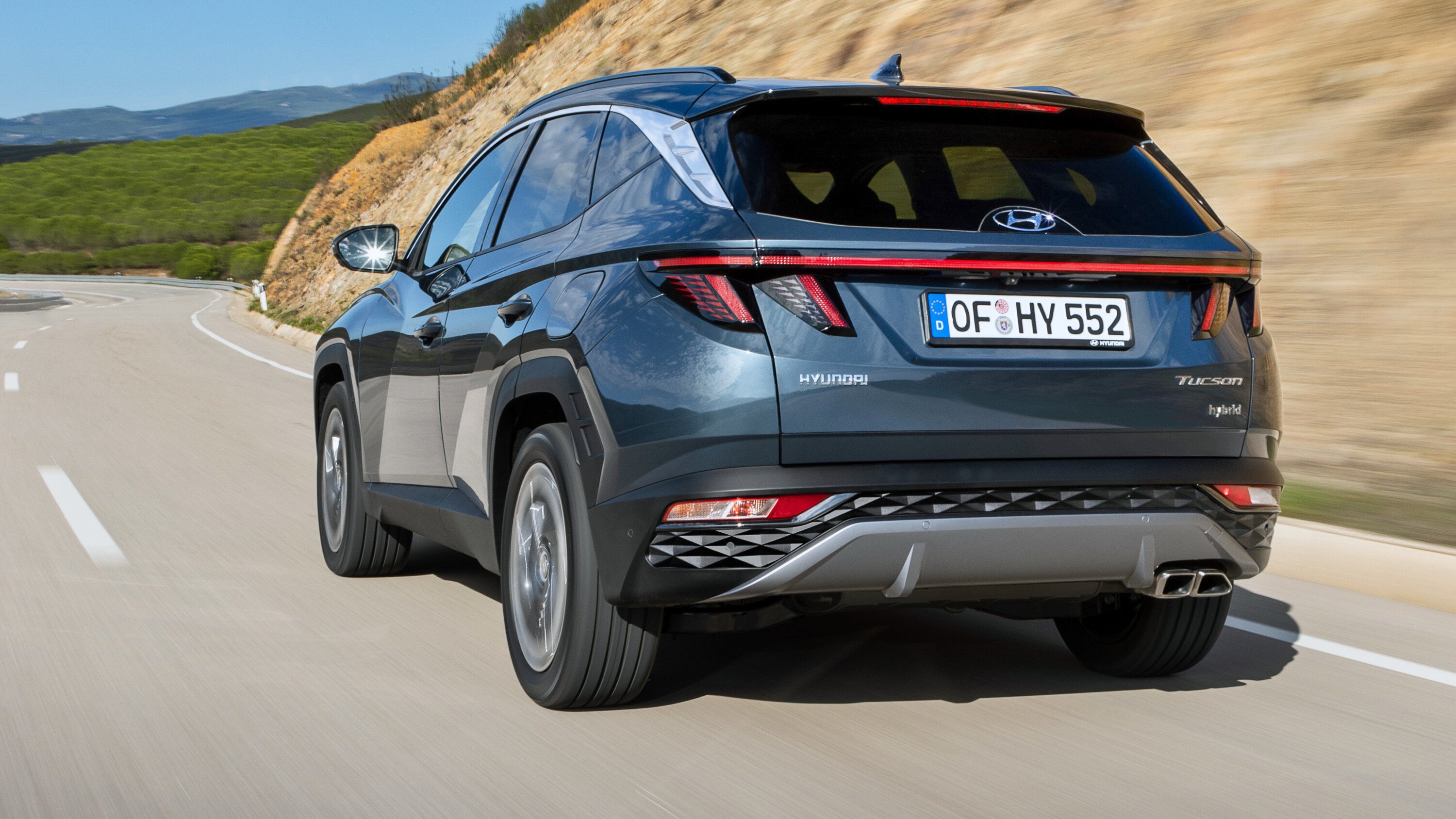
A hybrid-electric vehicle (HEV) variant will arrive sometime in the first half of 2024
At last week’s new-gen Kona launch (stay tuned for our first drive story on July 7), Hyundai confirmed reports that a hybrid-electric vehicle (HEV) variant will arrive sometime in the first half of 2024, alongside the already-confirmed Ioniq 5 N and Ioniq 7 electric cars – as well as three other yet-to-be-announced new models.
Pricing and specifications have yet to be announced, but the company has indicated that its strategy with the Santa Fe Hybrid – which arrived late last year as a top-spec Highlander-only proposition – provides some clues about how it will position the Tucson Hybrid.
With the Tucson Highlander occupying the $47-55K bracket across its six sub-variants, expect the Tucson Hybrid to land somewhere in that region.
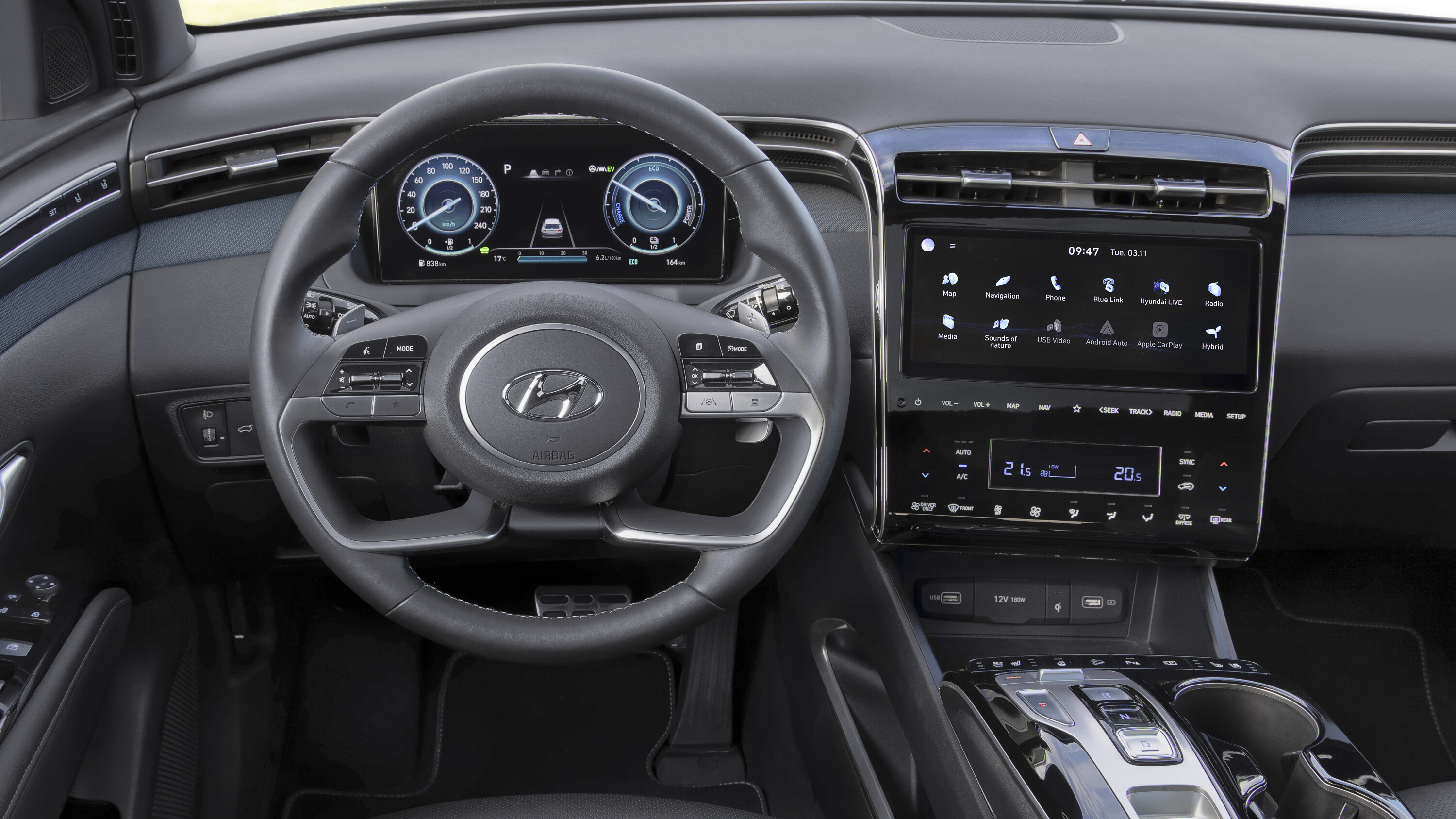
Why the wait?
A hybrid Tucson has been available overseas since the current model entered production, with conventional hybrid and plug-in hybrid variants available in Europe and the United States.
The catch, as always: a lack of right-hand-drive availability, coupled with Australia being deemed a low priority due to an absence of emissions targets at the time of the Tucson’s launch, meant Hyundai’s headquarters kept a hybrid Tucson off the table for Australia.
Both of those situations have changed, and while the plug-in hybrid Tucson and its 45km electric-only range won’t be coming our way, the Tucson Hybrid’s 171kW/350Nm powertrain will offer significantly more power than any other Tucson variant – and combined fuel economy figures of 5.9L/100km on the WLTP cycle for the front-wheel-drive model, and 6.6L/100km for the all-wheel-drive.
Will it make a difference to the sales sheet?
If it’s positioned as an expensive top-spec offering, it could dampen uptake.
But, if Hyundai Australia can secure a stable supply, there’s a good chance it could win buyers frustrated by long delivery times for Toyota’s RAV4 hybrid.
Whether that enables it to take the top position in the segment is harder to guess, but there’s a realistic chance that the Tucson could overtake both the Mitsubishi Outlander – which holds 12.1 percent market share and already benefits from a plug-in hybrid option – and the Mazda 3, which is currently in second place to the RAV4 with a 12.2 percent share of the medium SUV segment.
We recommend
-
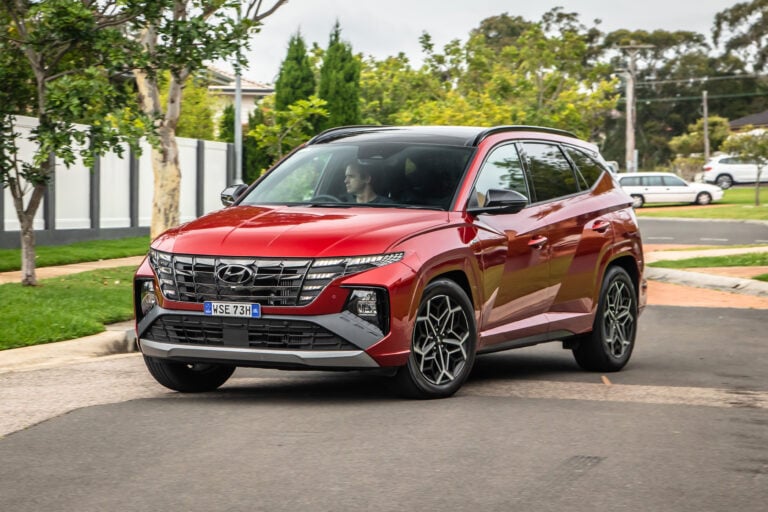 News
News2023 Hyundai Tucson pricing and features: Bluelink added, price rises
Hyundai's popular Tucson mid-size SUV has gained its Bluelink connected-car technology for model-year 2023
-
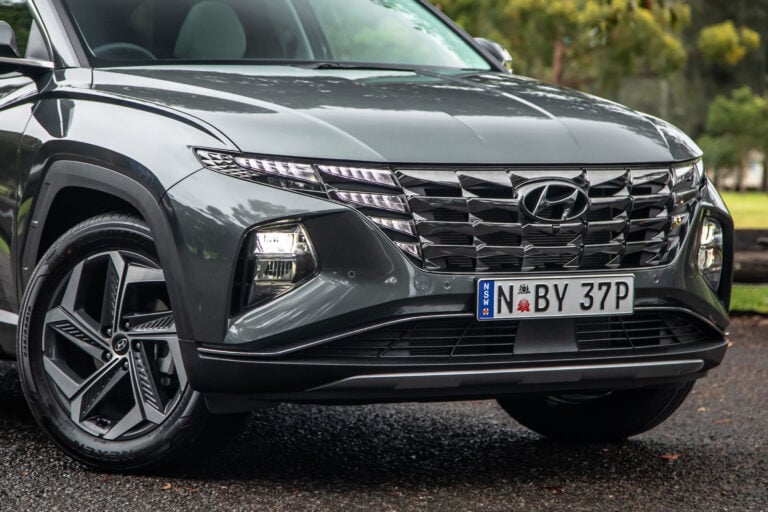 News
NewsSunroof-less 2023 Hyundai Tucson opened to new buyers with reduced wait time
Hyundai is offering a non-sunroof Tucson Highlander special as supply issues continue to bite – but it is only available for a limited time
-
 News
NewsNew car calendar 2026: All the new cars coming to Australia next year
Here’s the WhichCar by Wheels guide to all the new cars that will launch in Australia in 2026. Check back in regularly for updates...

